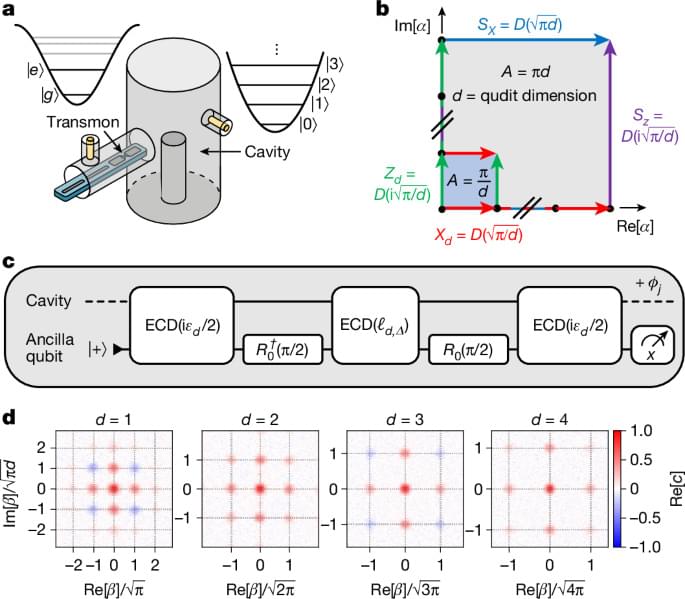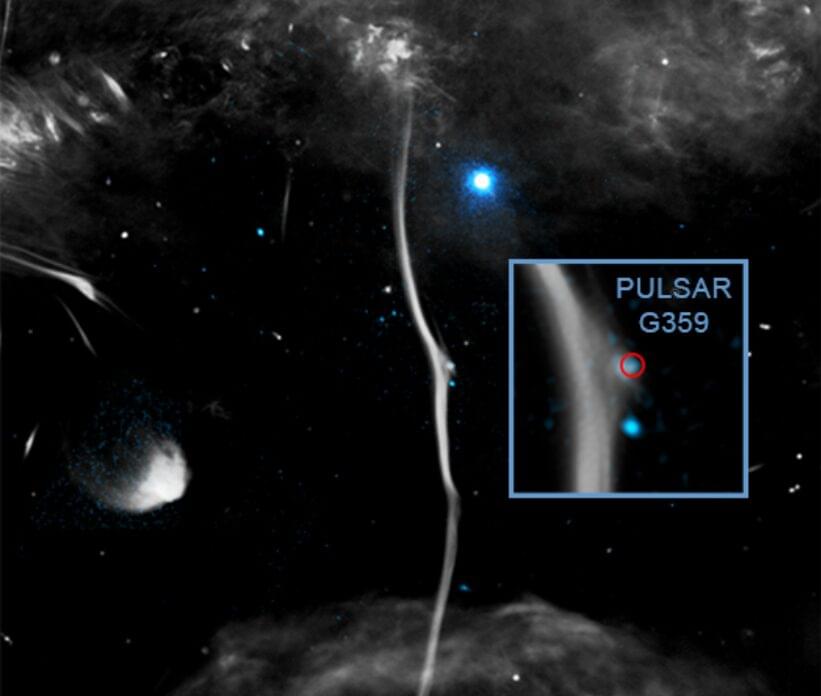Is your mind more than just your brain? Does the soul actually exist? These questions have been pondered for millennia. What does the latest scientific research suggest? On this episode of the ID The Future podcast, renowned neurosurgeon Dr. Michael Egnor begins a conversation with host @Andrew_McDiarmid about his new book The Immortal Mind: A Neurosurgeon’s Case for the Existence of the Soul. Egnor makes a powerful case that our capacity for thought, reason, and free will points to something beyond mere brain function.
After defining terms, Egnor begins exploring the compelling evidence he has gathered across four decades of practice in neurosurgery. He recounts the remarkable results of split-brain surgery, where patients whose brain hemispheres are functionally disconnected still feel like one person and can process information presented separately to each hemisphere. This implies a part of their mind is not solely located in their brain. You’ll also hear about conjoined twins who share brain parts but maintain distinct intellects and free will, highlighting which aspects of the soul are not brain-based and cannot be shared.
Along the way, Dr. Egnor also boldly challenges the Darwinian view of the mind’s evolution, arguing that abstract thought and free will are immaterial and could not have arisen through natural selection. Learn why Dr. Egnor believes nature is not a closed system and that science alone cannot fully interpret its own findings. Drawing on ancient philosophers like Aristotle and Thomas Aquinas, he presents arguments for a cause outside of nature.
This is Part 1 of a two-part interview. In Part 2, we’ll explore Dr. Egnor’s personal journey from atheism to theism and more evidence for the immortality of the mind and the existence of the soul.
Enjoy more ID The Future here:
#neuroscience #intelligentdesign #mind #brain.






